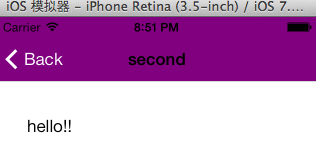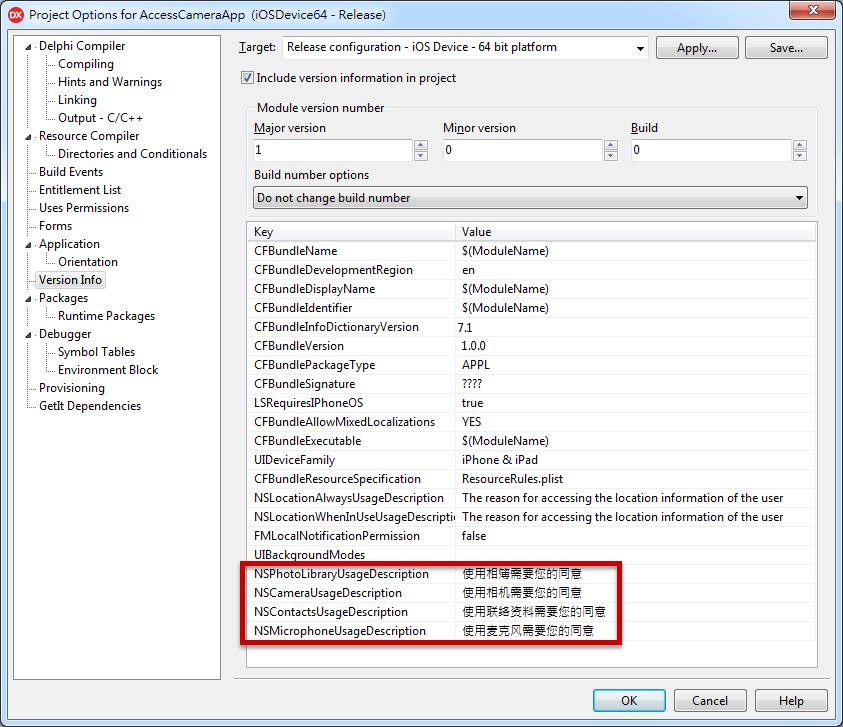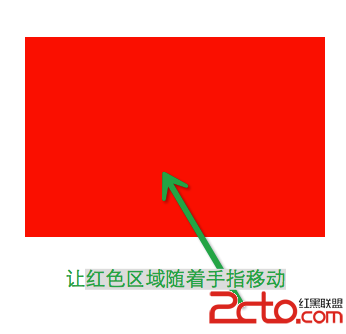Cocoa Core Competencies 的Object creation 和IOS面試題示例:寫一個NSString類的實現
object creation:
An object comes into runtime existence through a two-step process that allocates memory for the object and sets its state to reasonable initial values. To allocate an Objective-C object, send an alloc or allocWithZone: message to the object’s class. The runtime allocates memory for the object and returns a “raw” (uninitialized) instance of the class. It also sets a pointer (known as the isa pointer) to the object’s class, zeros out all instance variables to appropriately typed values, and sets the object’s retain count to 1.
After you allocate an object, you must initialize it. Initialization sets the instance variables of an object to reasonable initial values. It can also allocate and prepare other global resources needed by the object. You initialize an object by invoking an init method or some other method whose name begins with init. These initializer methods often have one or more parameters that enable you to specify beginning values of an object’s instance variables. If these methods succeed in initializing an object, they return it; otherwise, they return nil. If an object’s class does not implement an initializer, the Objective-C runtime invokes the initializer of the nearest ancestor instead.
意思是:建立對象需要兩個步驟1分配內存 2初始化
1分配內存,要sent alloc orallocWithZone: message to the object’s class. 也就是常見的[Class alloc].或是不常見的[Class allocWithZone]
2初始化.要調用init的方法進行初始化,各種各樣的要或不要參數的init方法都算.
以上建立對象的方式,返回值要送進 對象自動管理池
IOS面試題示例:寫一個NSString類的實現
+ (id)initWithCString:(const char *)nullTerminatedCString encoding:(NSStringEncoding)encoding;
+ (id) stringWithCString: (const char*)nullTerminatedCString
encoding: (NSStringEncoding)encoding
{
NSString *obj;
obj = [self allocWithZone: NSDefaultMallocZone()];
obj = [obj initWithCString: nullTerminatedCString encoding: encoding];
return AUTORELEASE(obj);
}
The Form of an Object-Creation Expression
A convention in Cocoa programming is to nest the allocation call inside the initialization call.
MyCustomClass *myObject = [[MyCustomClass alloc] init];
便利函數:就是工廠方法,不需使用者管理.
+ (id)dataWithContentsOfURL:(NSURL *)url;
- iOS9與XCode7中不克不及應用http銜接的疾速處理方法
- xcode8 封閉掌握台不打印不信息的處理辦法(圖文詳解)
- 史上最具體的CocoaPods裝置教程(圖文)
- IOS Xcode中快捷鍵年夜全
- iOS中處理Xcode 8掌握台亂碼的方法
- IOS開辟之適配iOS10及Xcode8的留意點
- xcode8提交ipa掉敗沒法構建版本成績的處理計劃
- XCode 加速編譯鏈接速度的辦法
- 2016 cocoapods的裝置和應用辦法和版本進級碰到的成績
- IOS 陀螺儀開辟(CoreMotion框架)實例詳解
- 進修iOS自界說導航掌握器UINavigationController
- Xcode 8打印log日記的成績小結及處理辦法
- iOS10 適配和Xcode8設置裝備擺設總結
- iOS Xcode8更新後輸入log日記封閉的辦法
- Xcode8、iOS10進級成績記載




